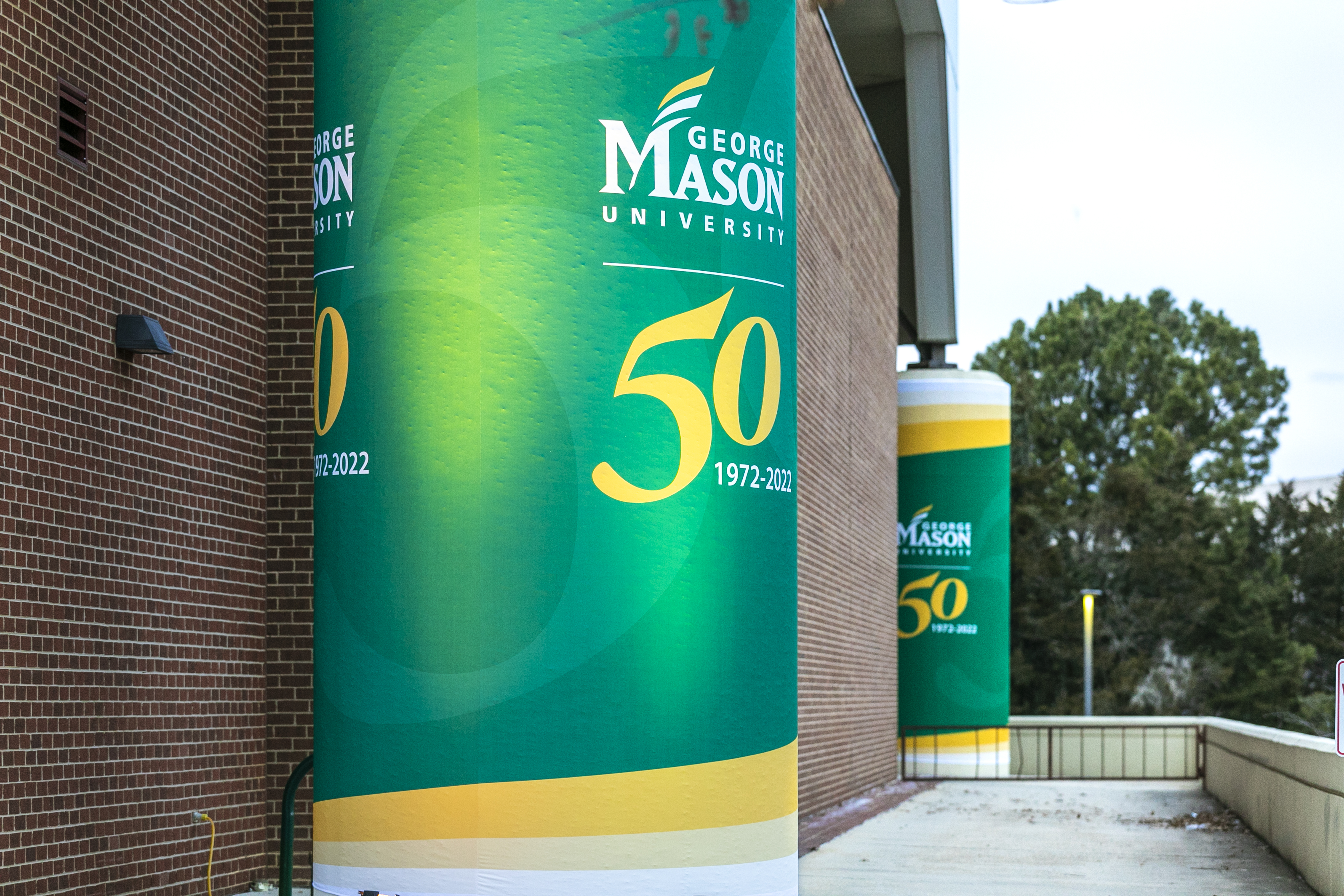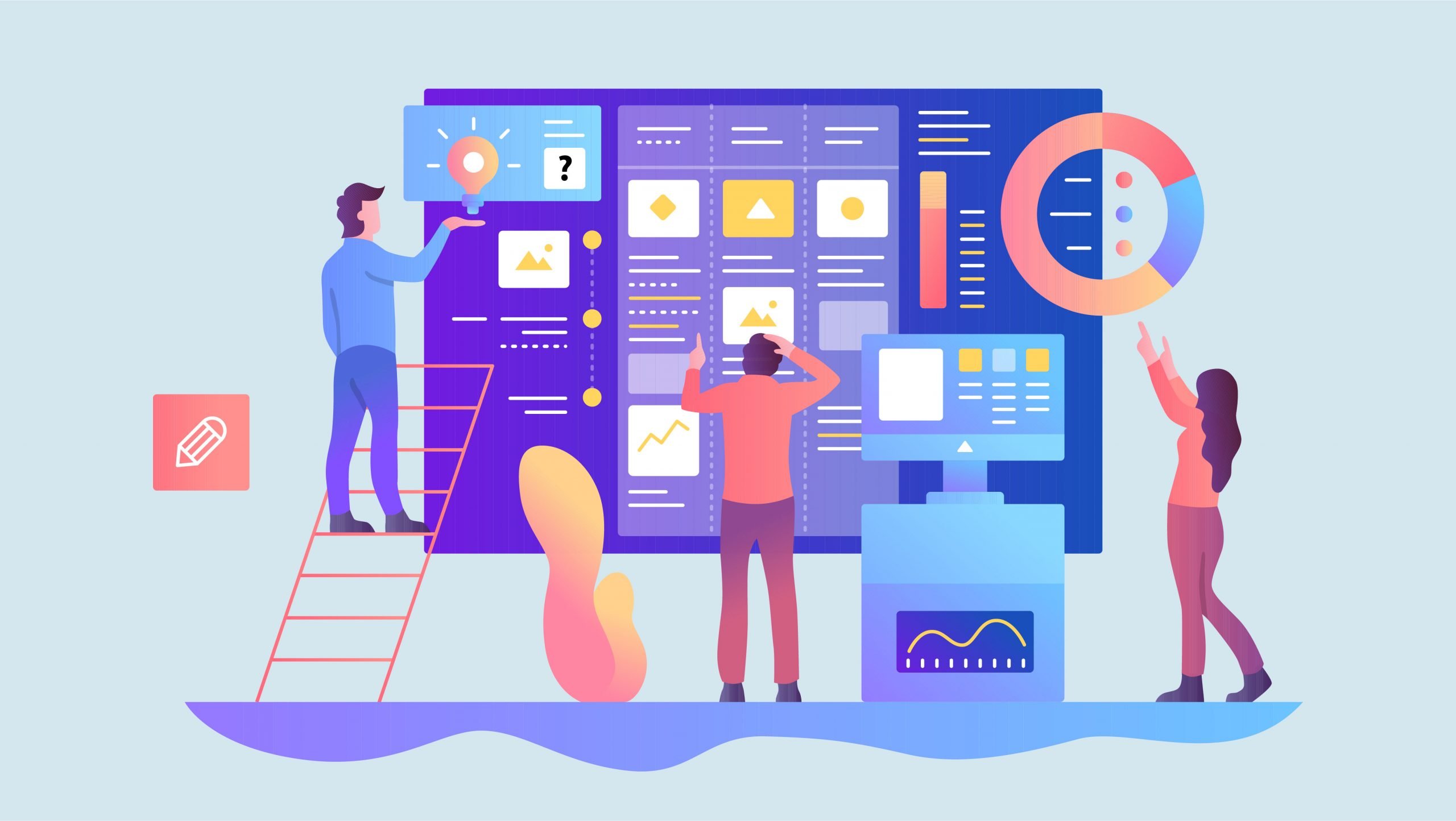This year, Mason celebrates its 50th birthday. It’s been an exciting time with many events and a renewed tone for the university’s next half-century.
Mason does, and always has, dreamed big. Since becoming an independent institution in 1972, our community and its impact have grown exponentially. Fast-forward to 2022, the university is working towards initiatives like the Mason Virginia Promise, the Mason Talent Exchange, the Tech Talent Investment Program, and the Expanded Early Identification Program. Patriots are known to be passionate, purpose-driven individuals, and these efforts aim to sustain and increase their presence with success.
Within these larger Mason transformations, Information Technology Services (ITS) has had its share of growth and development over the last five decades. In honor of the 50th anniversary, we asked a few longtime members of ITS to reflect on their time at Mason and share their experiences.
Richard Jackson Jr., Computer Systems Engineer, recalled his time as a student consultant in the Thompson Hall computer lab in 1982. Even though his position involved working with computers, they still weren't a common device for staff around campus.
"The office admin used typewriters and would often need to type forms that had carbon copy sheets. I think the only electric devices that I recall were a lamp, a typewriter, and maybe a coffee machine," said Jackson.
Tracy Holt, Service Design Manager, and John Hanks, Senior Advisory Network Engineer, have been with ITS since 1981. Back then, ITS was called University Computing and Information Systems (UCIS), and all the connections for the campus were hard-wired, meaning you could only be on one device at a time.
“Our first milestone in the evolution of things was a MiCOM switch that gave you the ability to choose which computer you wanted to connect to. Eventually, we graduated to a system that ran over broadband and allowed you to connect to different devices from any place on the network,” said Hanks.
Over the years, ITS has worked on multiple infrastructure projects and is about to start a new phase for adding secondary connections to each building on the Fairfax Campus.
“This change is not only going to make future construction a lot easier, but it will also enhance the buildings across campus by creating resiliency,” emphasized Hanks.
Tracy even remembers a time when Mason completely shut down their network at the end of the day, and you needed permission to access the internet.
“We used to turn the computers off in the evenings for the longest time. When we got brave enough to leave it up, we still kicked users off,” shared Holt. “To add a layer, faculty members had to give students permission to get on the internet when it first came to Mason.”
Can you imagine not having access to Google whatever you needed, whenever you needed as a student? We certainly cannot, and eventually, Mason couldn’t either. Around a decade later, in the 1990s, those rules changed, as it became a necessity for the community to have internet access for the entire day.
Karen Gardner, Director of Enterprise Collaboration and Computing Services, started in 1996 as a system administrator. One of the most important projects she remembers was Mason Enterprise Mail Online (MEMO), when the Enterprise LDAP was introduced to give Mason a single unified email directory. Prior to MEMO, there were varying email systems across Mason that caused confusion when trying to contact coworkers. Ultimately, this transformed into the way we operate today using Office 365 for communicating and collaborating.
The more technology continued to develop and change, the higher the demand was for it. Karen saw this firsthand with the deployment of our first Windows server and the move away from mainframe computing.
“We started seeing more and more applications that had to be run on a Windows platform, like Banner and specialized departmental software. Now ITS has an extensive Windows computing operation with virtualization as well,” said Gardner.
The experiences on campus have changed as well. Liz Boyen, Applications Analyst, reminisced on the days when dining hall buffets were only $2.50 for a meal.
“Campus has changed big time since I started here in 1989,” said Boyen. “Many new buildings have been built and plenty of old ones have been renovated. Now there’s so much to see and do on a daily basis!”
When asked why they’ve stayed at Mason all these years, almost everyone had the same answer – they are given the opportunity to discover, try, and learn new things every day.
“It’s about knowing that you’ve made a difference, really. There’re a thousand ways to solve a problem, but finding the right way to do what’s best for the future of Mason is the hardest and also most fulfilling part of my job,” said Hanks.
To learn more about and join the celebration, visit 50th.gmu.edu.



